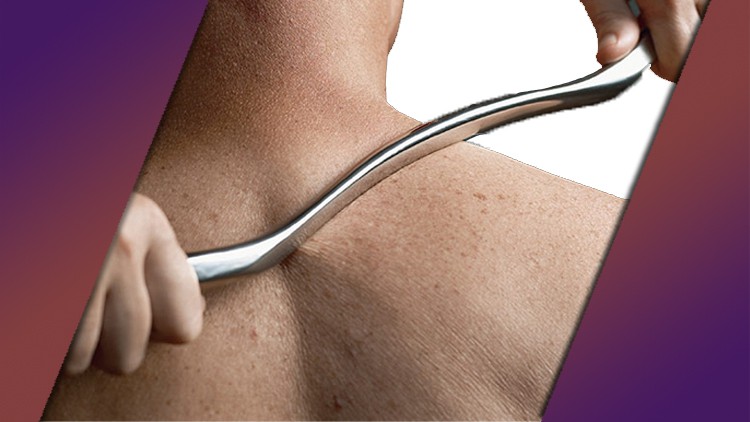
It is an ENGLISH illustrated course presented to all physiotherapists discussing “IASTM”
What you will learn
Therapist will understand new knowledge on IASTM
Understand theories of how IASTM works
Knows the history of IASTM and how it started
Gaining trust on application with the tool as there are two chapters considering evidence- based researches done with the tool
Learn different types of tool and how to use them
Learn how to practically use a tool with its different strokes and techniques
Description
It is an ENGLISH illustrated course presented to all physiotherapists discussing “IASTM” Instrument Assisted soft tissue mobilization
This course was designed to be evidenced-based “Based on researches done with the tool” ,showing principles and benefits of the tool, Physiologic, Neurophysiologic, Mechanical effects of Instrument assisted soft tissue mobilization tools and because safety matters, Therapist should know about its Indications, precautions and contraindications this is for the theoretical part, as for practical part: “45 minutes of practical application on different body regions”. It will provide the therapist with the ability to gain and understand new knowledge on Instrument assisted soft tissue mobilization tools, learn how to assess with the tool and practice the skills learned from the home study course.
Chapter 1: History of Instrument assisted soft tissue mobilization tools
Chapter 2: Evidence hierarchy, Grades of evidence, Researches done with Instrument assisted soft tissue mobilization
Chapter 3: Researches showing effectiveness
of Instrument assisted soft tissue mobilization tools
Chapter 4: Principles and Benefits of Instrument assisted soft tissue mobilization tools
Chapter 5: Physiologic, Neurophysiologic, Mechanical effects of Instrument assisted soft tissue mobilization tools
Chapter 6: Basic practical Concepts and using A1 Blade
Chapter 7: Indications, Precautions & Contraindications
Chapter 8: Strokes and techniques
Chapter 9: Application on upper & lower body and spine
Content